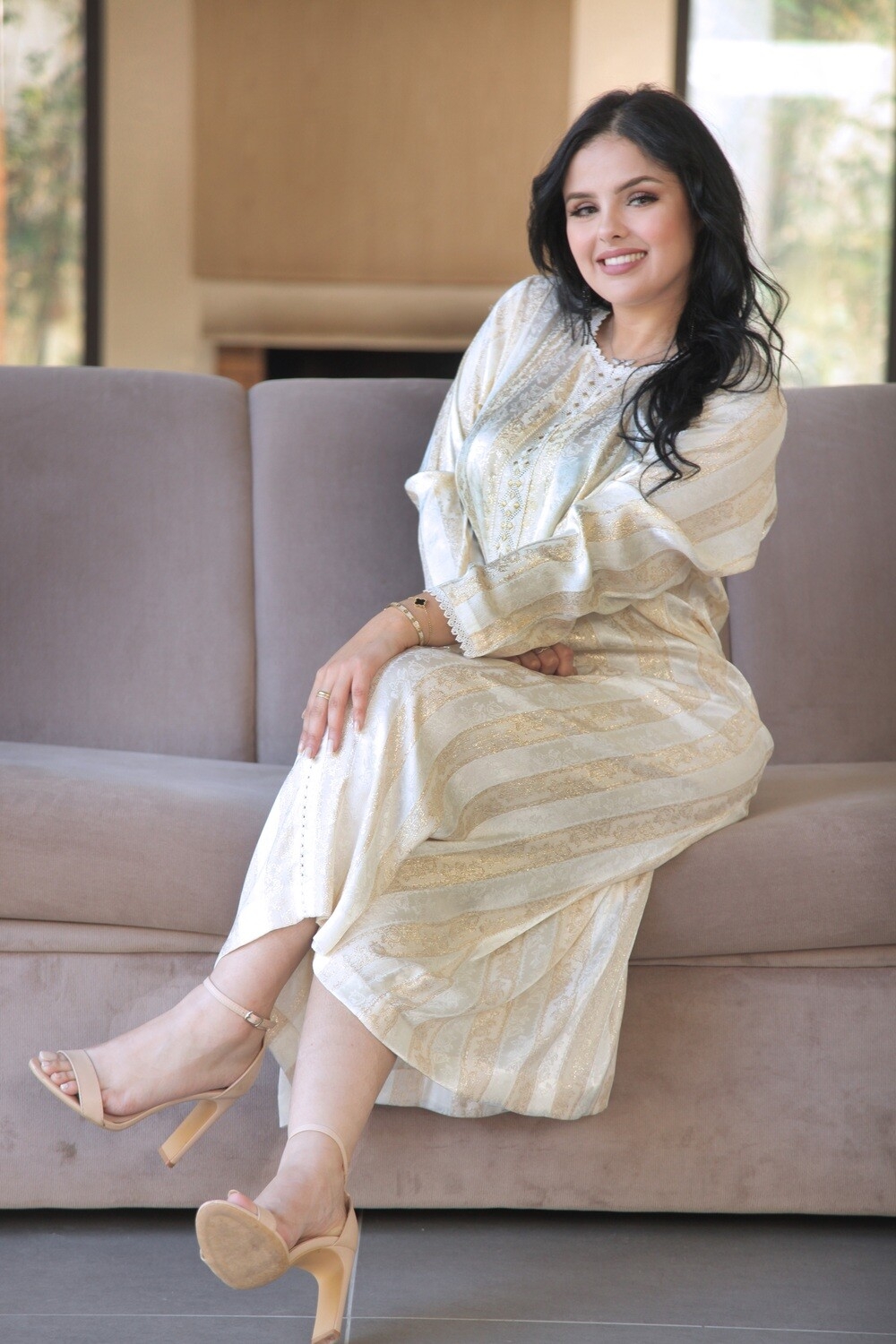The Moroccan Caftan
A Timeless Symbol of Elegance and Culture
The Moroccan caftan, a traditional garment that has transcended time and trends, is more than just a piece of clothing; it is a symbol of Moroccan heritage, artistry, and elegance. This exquisite attire is often worn during special occasions, such as weddings, religious celebrations, and cultural festivals, showcasing the rich history and craftsmanship of Moroccan culture.
A Brief History
The caftan has its roots in ancient civilizations, with influences from various cultures, including the Berbers, Arabs, and Andalusians. Initially, it was a simple garment worn for comfort and practicality. Over the centuries, the caftan evolved into a more elaborate and decorative outfit, reflecting the social status and wealth of the wearer. Today, it is recognized as a staple of Moroccan fashion, celebrated for its beauty and versatility.
Design and Craftsmanship
One of the most striking features of the Moroccan caftan is its intricate design. Typically made from luxurious fabrics such as silk, satin, or brocade, the caftan is often embellished with detailed embroidery, sequins, and beads. The craftsmanship involved in creating a caftan is remarkable, with skilled artisans dedicating hours to hand-stitching and decorating each piece.
The caftan comes in various styles, colors, and patterns, allowing for personal expression. Traditional designs often feature vibrant colors and geometric patterns, while modern interpretations may incorporate contemporary elements and fabrics. he silhouette of the caftan is usually loose and flowing, providing both comfort and elegance.
Cultural Significance
The caftan holds a significant place in Moroccan culture. It is often worn by women during important life events, such as weddings, where brides don elaborate caftans that symbolize beauty and grace. The garment is also a representation of Moroccan identity, showcasing the country’s rich textile heritage and artistic traditions.
In recent years, the caftan has gained international recognition, with designers incorporating it into their collections and celebrities donning it on red carpets. This global appreciation has helped to elevate the status of the caftan, making it a symbol of cultural pride and fashion-forward thinking.
Modern Interpretations
While the traditional caftan remains a beloved choice for many, contemporary designers have begun to experiment with the garment, infusing it with modern aesthetics. This has led to a resurgence in popularity, with caftans being worn not only for formal occasions but also as stylish everyday wear. The fusion of traditional techniques with modern styles has created a new wave of caftan designs that appeal to a broader audience.
The Moroccan caftan is more than just a garment; it is a celebration of

